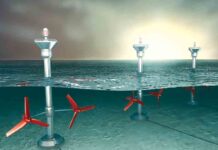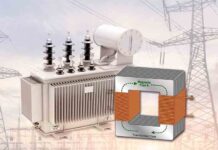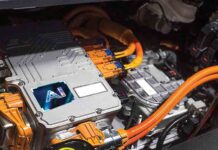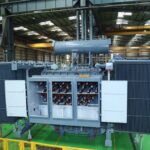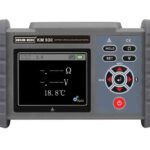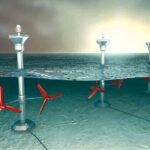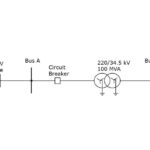
There is increasing penetration of renewable generating sources in the grid. The reliance on conventional generating units is declining fast. The energy transition is happening at a breakneck speed to meet the net zero target by 2050. There is a worldwide trend towards shifting power generation from fossil fuels to renewable sources. The accelrated growth in renewable power generation is to meet world’s decabonisation targets.
In India renewable power comprises about 30% of the total generating capacity. In next couple of years, the growth in renewable power generation worldwide will likely match the global electricity demand growth of about 3.4% annually. India and China account for the major portion of demand growth as well as growth in renewable power generation.
The ambitious and workable target of tripling the renewable generation by 2030 in India and similar worldwide target have started relegating the conventional fossil fuel generation to second place in many economies. The growth in Renewable sector is undeniable but fresh conventional thermal power plants would also keep coming up to some extent.
The Government of India has projected the need of 80 GW additional Thermal Power plants by 2030-31. With this background, the grid management is becoming more and more challenging. The continuity and addition of some levels of thermal generation would help in stability of grid. Thermal power will continue to provide the base load needs of the country in addition to meeting peak load demand in view of intermittency challenges of renewable power. Thermal generation would stay relevant till the time we have reliable twenty four hour availability of renewable power.
As regards CEA, it has acted very timely and set stringent regulations for granting connectivity permissions of RE plants to grid. The SVG has to be Type tested as per CEA 2023 norms. CTUIL has also formulated its guidelines and benchmarking that are to be done with simulation studies befote connceting to system.
Reactive Power Management
Much of renewable generation earlier in India has come without reactive power support. At a later stage switched capacitor banks were inducted along with renewable plants, though these were good enough to take care of steady state reactive power support, but failed miseably in supporting grid stability by providing dynamic reactive power support during fault conditions.
Today provision of 33% Dynamic Reactive Power support by way of Static Var Generators is mandatory for renewable generating plants to effecrively mitigate LVRT and HVRT situations. Grid modernisation in the era of increasing renewable penetration cannot be overlooked. The short cicrcuit ratios and grid inertia are poor in remote locations where renewable penetration is maximum.
Grid forming battery backed renewable inverters and dynamic reactive support with SVGs is being done to strenghthen and keep the grid stable.
Reactive Power support also needs to cater to the long transmission line impedances by accounting for these in SVG capacity.
Power Quality Management
Data Centers, Artificial Intelligence and Crypto Currency sector are driving the major growth in electricity consumption. These sectors throw power quality issues to the fore. Increasing content of non linearity in loads needs to be appropriately addressed.
Earlier the loads were the major contributers to the power quality issues. The generation, utilization and transmission sectors were mainly considered clean. The power quality scenario has changed with large scale RE induction. RE plants generate typical harmonics not limited to lower order but also include higher oders say 23rd onwards to 49th order or more. The harmonic mitigation solutions involve High Pass Harmonic Filters in addition to conventional detuned passive filters. Besides passive mitigation solutions SVGs can also share in mitigating some lower order harmonics in hybride mode.

Baldev Raj Narang is an Electrical Engineering Graduate from Delhi College of Engineering, University of Delhi – and is currently the CEO of Pune-based Clariant Power System Ltd., a company which in association with FRAKO Germany is engaged in providing solutions in reactive power and power quality management to Indian and overseas customers in diverse fields. He is also the Chairman of Capacitors and Power Quality Division of IEEMA, a Member of ETD 01 of BIS and a Member of the Working Group 11 of IEC TC08. Narang has previously worked for Indian Oil Corporation and Century Enka Ltd, among others.


